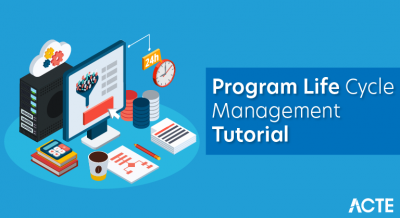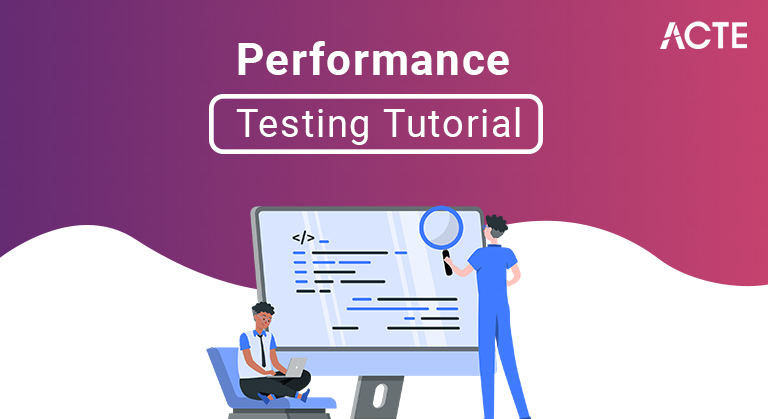
- Why do Performance Testing?
- Types of Performance Testing
- Common Performance Problems
- Performance Testing ProcessQ
- Performance Testing Metrics: Parameters Monitored
- Example Performance Test Cases
- Performance Test Tools
- When do we use performance testing?
- Types of Performance Testing
- Performance testing process
- Which Applications should we Performance Test?
- What is the difference between Performance Testing & Performance Engineering
- Conclusion
- CPU utilization
- Memory utilization
- Network utilization
- Operating System limitations
- Disk usage
- Verify reaction time isn’t quite 4 secs when 1000 users access the website simultaneously.
- Verify reaction time of the appliance Under Load is within a suitable range when the network connectivity is slow
- Check the utmost number of users that the appliance can handle before it crashes.
- Review database execution time when 500 records are read/written simultaneously.
- Check CPU and memory usage of the appliance and therefore the database server under peak load conditions
- Verify the reaction time of the appliance under low, normal, moderate, and heavy load conditions.
- During the particular performance test execution, vague terms like acceptable range, heavy load, etc. are replaced by concrete numbers. Performance engineers set these numbers as per business requirements, and therefore the technical landscape of the appliance.
- Load testing
- Stress testing
- Scalability testing
- Stability testing
- Upward scalability testing
- Downward scalability testing
- Upward scalability testing
- It is testing where we increase the number of users on a specific scale until we get a crash point. we’ll use upward scalability testing to seek out the utmost capacity of an application.
- Identify performance scenarios
- Plan and style performance test script
- Execute test scripts
- Result
- Analysis result
- Identify the Bottleneck
- Re-run test
- In this step, we’ll install the tools within the Test Engineer Machine and access the test server then we write some script consistent with the test scenarios and run the tool.
- Once we are through with writing the script, we’ll attend the subsequent step.
- Configure the test environment & spread the burden
- After writing the test scripts, we’ll arrange the testing environment before the execution. And also, manage the tools, other resources and distribute the load consistent with the “Usage Pattern” or mention the duration and stability.
- Once we are through with distributing the load, we’ll execute, validate, and monitor the test scripts.
- Result
- After executing the test scripts, we’ll get the test result. And make sure the result meets the goal within the given reaction time or not, and therefore the reaction time might be maximum, average, and minimum.
- If the response isn’t meeting the specified time response, then we’ll choose the negative flow where will perform the below steps:
- It is of significance to know the difference between Performance Testing and Performance Engineering. An understanding is shared below: Performance Testing maybe a discipline concerned with testing and reporting the present performance of a software application under various parameters. Performance Engineering is the process by which software is tested and tuned with the intent of realizing the specified performance. This process aims to optimize the foremost important application performance trait i.e. user experience.
- Historically, testing and tuning are distinctly separate and sometimes competing realms. within a previous couple of years, however, several pockets of testers and developers have collaborated independently to make tuning teams. Because these teams have met with significant success, the concept of coupling performance testing with performance tuning has caught on, and now we call it performance engineering.
Why do Performance Testing?
Features and Functionality supported by the software aren’t the sole concern. A software application’s version like its reaction period, reliability, resource usage, and scalability do matter. The purpose of Performance Testing isn’t to pursue out bugs but to stop implementation bottlenecks. Performance Testing is conducted to provide stakeholders with knowledge about their application about speed, stability, and scalability. More importantly, Performance Testing reveals what must be enhanced before the products go to plug. Without Performance Testing, the software is probably going to mourn from issues such as: running slow while several users use it simultaneously, inconsistencies across various operating systems, and poor usability. Implementation testing will decide whether their software satisfies speed, scalability, and stability conditions under expected workloads. Applications sent to plug with poor implementation metrics gratitude to nonexistent or poor performance testing are likely to discover a nasty reputation and fail to satisfy desired sales goals.
Also, mission-critical applications like space launch programs or life-saving medical equipment should be performance tested to make sure that they run an extended period without deviations. According to Dunn & Bradstreet, 59% of Fortune 500 companies experience an estimated 1.6 hours of downtime hebdomadally. Considering the typical Fortune 500 company with a minimum of 10,000 employees is paying $56 per hour, the labor a part of downtime costs for such a corporation would be $896,000 weekly, translating into quite $46 million per annum. Only a 5-minute downtime of Google.com (19-Aug-13) is estimated to cost the search giant the maximum amount of $545,000. It’s estimated that companies lost sales worth $1100 per second thanks to a recent Amazon Web Service Outage. Hence, performance testing is vital.
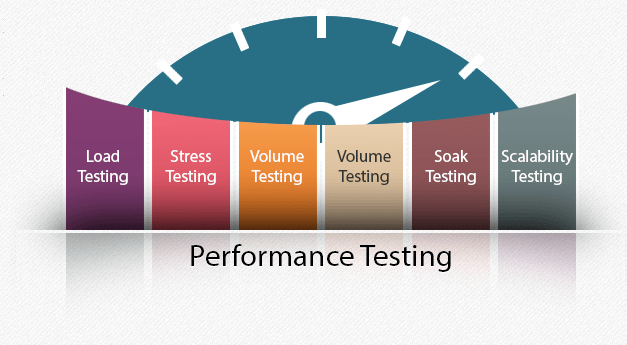
Types of Performance Testing:
Load testing – contains the application’s capacity to act under expected user loads. the target is to spot implementation bottlenecks before the software application runs live.
Stress testing – involves testing an application under extreme workloads to ascertain how it handles high traffic or processing. the target is to spot the verge of collapse of an application.
Endurance testing – is completed to form sure the software can handle the expected load over an extended period of your time.
Spike testing – tests the software’s reaction to sudden large spikes within the load generated by users.
Volume testing – Beneath Volume Testing large no. of. Data is occupied during a database and therefore the general software system’s behavior is observed. The target is to see software applications’ performance under variable database volumes.
Scalability testing – the target of scalability testing is to work out the software application’s effectiveness in “scaling up” to support a rise in user load. It allows plan total complement to your software.
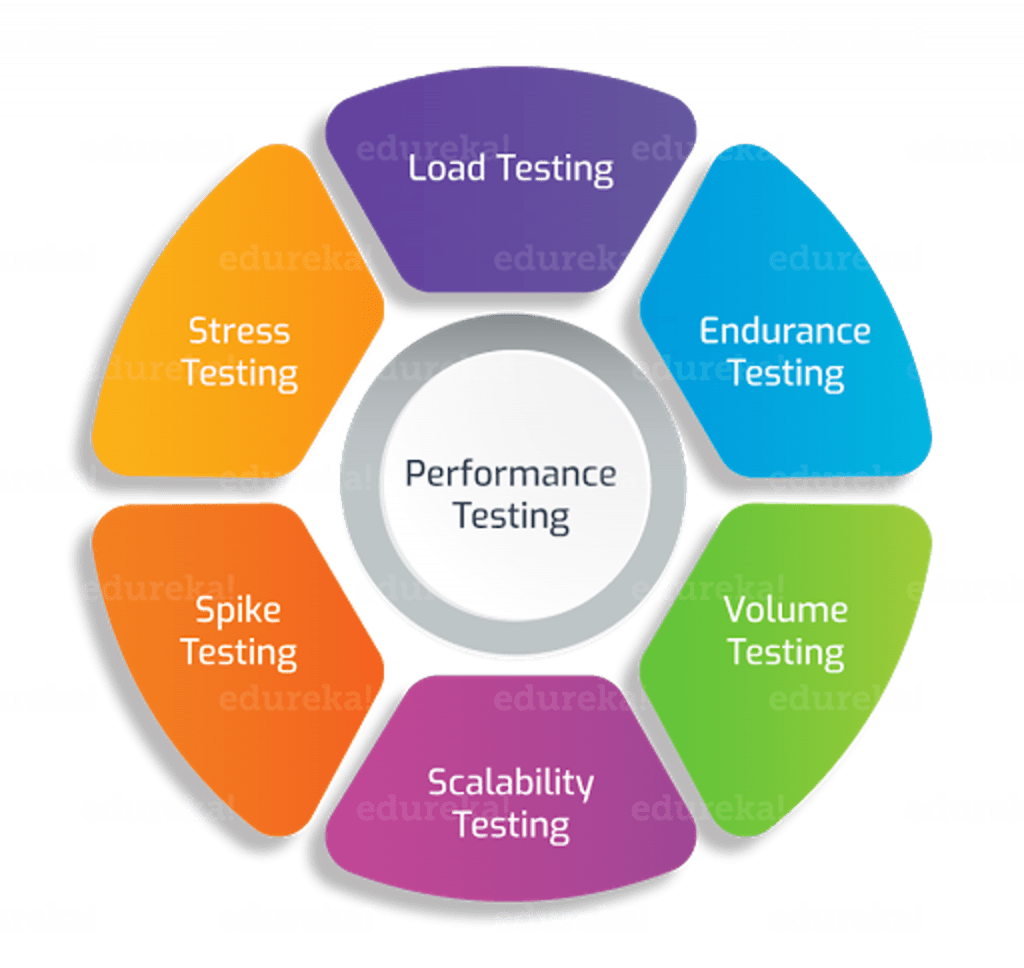
Common Performance Problems:
Most performance problems revolve around speed, reaction time, load time, and poor scalability. Speed is usually one of the foremost important attributes of an application. A slow-running application will lose potential users. Performance testing is conducted to form sure an app runs fast sufficiently to stay a user’s engagement and curiosity. Take a glance at the subsequent list of common performance problems and see how speed may be a common divisor in many of them:
Long Load time – Load time is typically the initial time it takes an application to create. This could normally be kept to a minimum. While some applications are unbelievable to form a pack in under a moment, Load time should be kept beneath a couple of seconds if feasible.
Poor reaction time – reaction time is the time it takes from when a user inputs data into the appliance until the appliance outputs a response thereto input. Generally, this could be very quick. Again if a user has got to wait too long, they lose good.
Poor scalability – A software package sorrows from poor scalability when it cannot take the desired number of users or when it doesn’t house a good sufficiently range of users. Load Testing should be done to be certain the appliance can take the expected number of users.
Bottlenecking – Bottlenecks are obstacles during a system that lessens overall system performance. Bottlenecking is when either coding errors or hardware problems cause a reduction of throughput under certain loads. Bottlenecking is usually driven by one wrong section of code. The legend to improving a bottlenecking problem is to seek out the section of code that’s driving the slowdown and check out to fix it there. Bottlenecking is usually fixed by either fixing poor running processes or adding additional Hardware. Some common performance bottlenecks are.
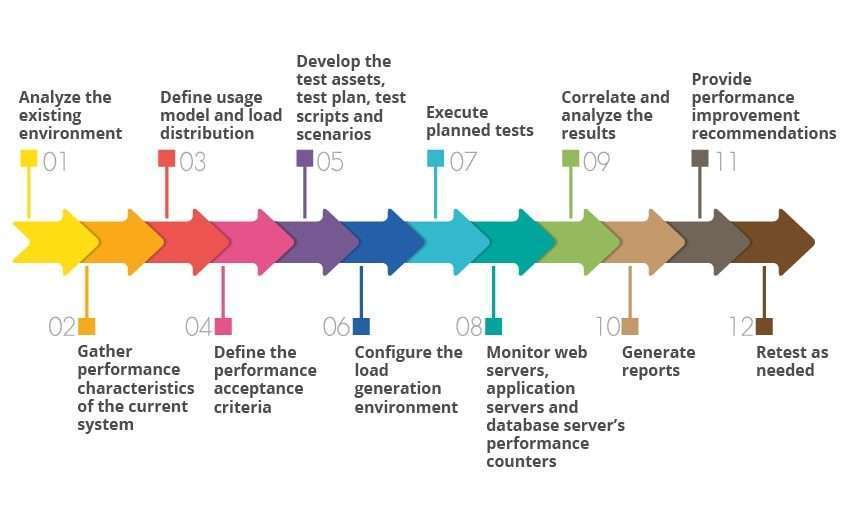
Performance Testing Process:
The methodology adopted for performance testing can vary widely but the target for performance tests remains equivalent. It can help demonstrate that your software meets certain pre-defined performance criteria. Or it can assist in reaching the implementation of two software systems. It also can help identify parts of your software that degrade its performance. Below may be a generic process on the way to perform performance testing.
Determine your testing environment – Know your material test environment, production environment, and what testing tools are open. Understand components of the hardware, software, and network configurations utilized during testing before you begin the testing process. It’ll allow testers to create more efficient tests. It’ll also assist identify potential challenges that testers may encounter during the implementation testing methods.
Determine the performance approval criteria – This contains goals and conditions for throughput, response times, and resource allocation. It’s also essential to spot project win criteria outside of those objectives and constraints. Testers should be assigned to line implementation criteria and goals because often the project specifications won’t have a good enough sort of performance benchmarks. Sometimes there could also be none in the least. When likely finding an identical application to check may be a great way to line performance goals.
Plan & design performance tests – Determine how usage is probably going to vary amongst end-users and identify key scenarios to check for all possible use cases. it’s necessary to simulate a spread of end-users, plan performance test data, and describe what metrics are going to be gathered.
Configuring the examination conditions – Design the testing environment before implementation. Also, place tools and other help.
Implement test design – Create the performance tests consistent with your test design.
Execute the tests – Manage and watch the tests.
Research, tune, and retest – Reduce, analyze and communicate test results. Then fine-tune and try again to confirm if there’s an improvement or decrease in concert. Since progress naturally grows less with each retest, stop when bottlenecking is generated by the CPU. Then you’ll have the regard chance of revving CPU power.
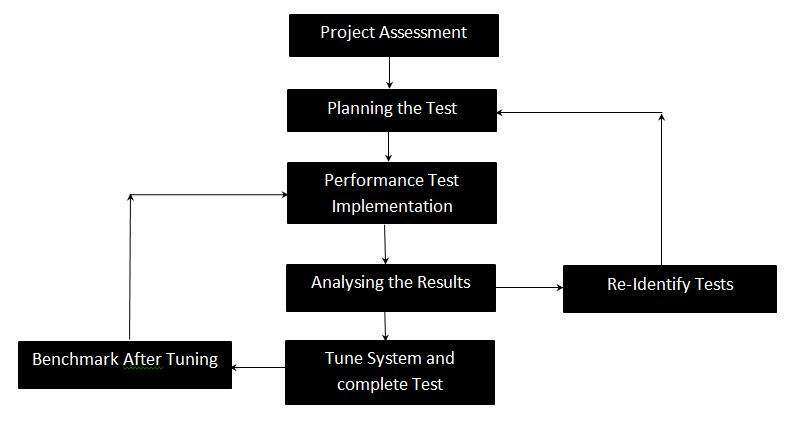
Performance Testing Metrics: Parameters Monitored:
The primary parameters observed during routine testing include:
Processor Usage – an amount of your time processor spends executing non-idle threads.
Memory use – the part of physical memory known to operations on a computer.
Disk time – the amount of your time disk is busy executing a read or write request.
Bandwidth – shows the bits per second employed by a network interface.
Private bytes – the number of bytes a process has allocated that can’t be shared amongst other processes. These are wont to measure memory leaks and usage.
Committed memory – the amount of virtual storage used.
Memory pages/second – number of pages written to or read from the disk to resolve hard page faults. Hard page faults are when code not from the present working set is named up from elsewhere and retrieved from a disk.
Page faults/second – the general rate during which fault pages are processed by the processor. This also happens when a function needs code from outside its working set.
CPU interrupts per second – is that the avg. several hardware interrupts a processor is receiving and processing each second.
Disk queue length – is that the avg. no. of read and write requests queued for the chosen disk during a sample interval.
Network output queue length – length of the output packet line in packets. Anything quite two represents a delay and bottlenecking must be destroyed.
Network bytes total per second – a rate at which bytes are transmitted and accepted on the interface including framing surfaces.
Response time – the time from when a user enters an invitation until the primary character of the response is received.
Throughput – rate a computer or network accepts requests per second.
Payment of bond pooling – the number of user submissions that are met by pooled associations. The more requests met by contacts within the pool, the more elevated the performance is going to be.
Maximum active sessions – the utmost number of sessions which will move directly.
Hit ratios – This has got to do with the number of SQL statements that are handled by cached data rather than expensive I/O operations. this is often an honest place to start for solving bottlenecking issues.
Hits per second – the no. of hits on an internet server during each second of a load test.
Rollback segment – the quantity of knowledge which will roll back at any point in time.
Database locks – locking of tables and databases must be monitored and punctiliously tuned.
Top waits – are monitored to work out what wait times are often hampered when handling how briskly data is retrieved from memory
Thread counts – An application’s health is often measured by the no. Of threads that are driving and presently occupied.
Garbage collection – it’s to try to to with returning unused memory to the system. garbage pickup must be monitored for efficiency.
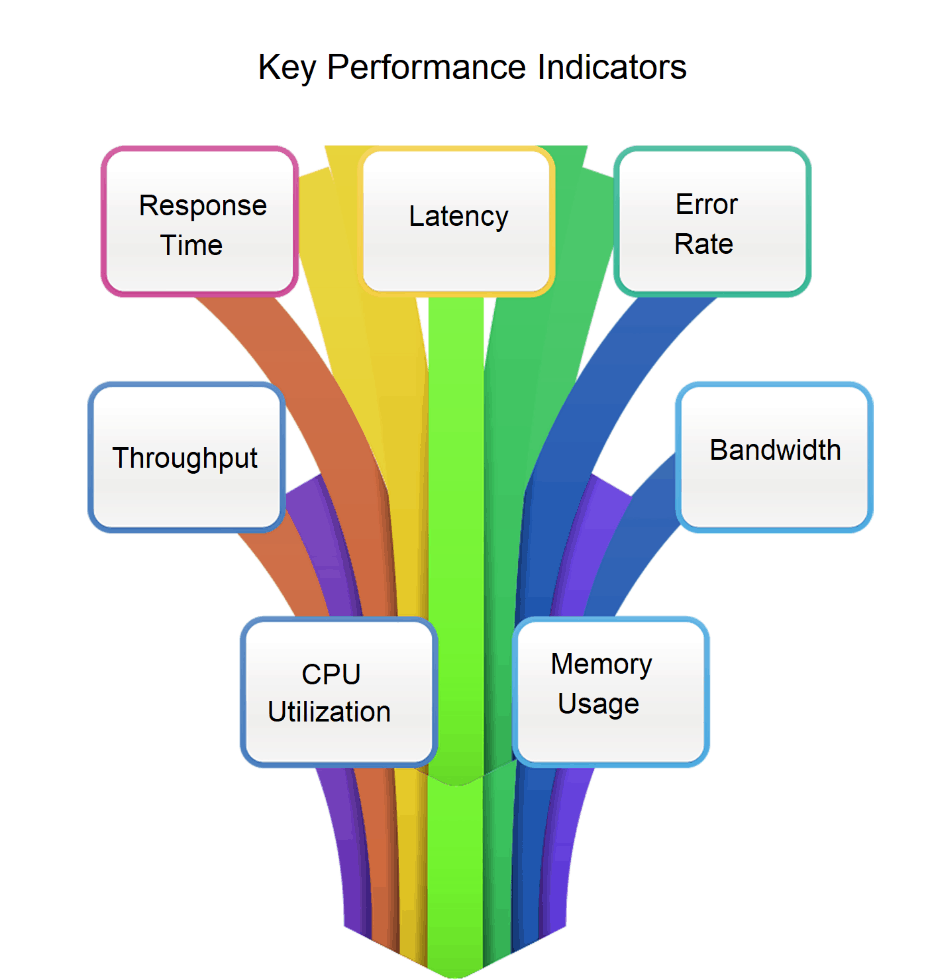
Example Performance Test Cases:
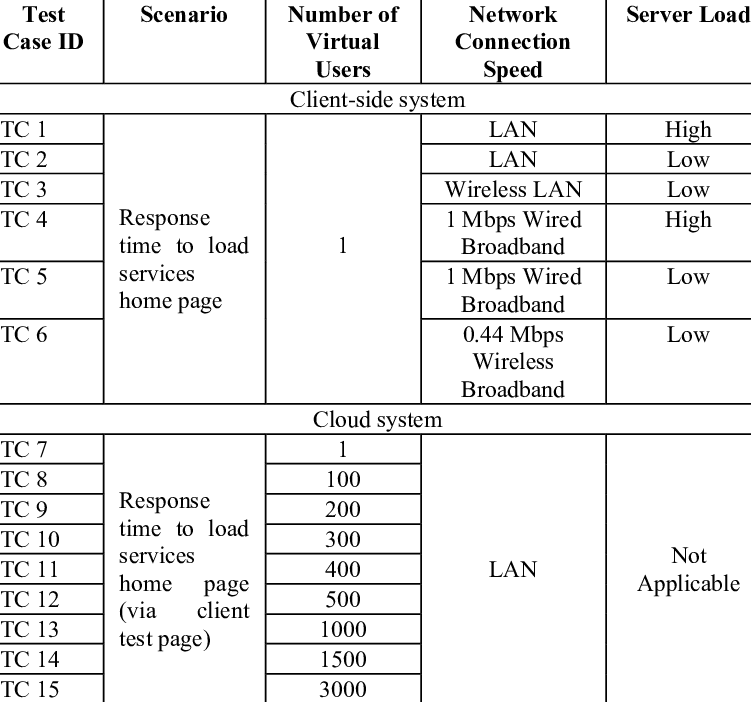
Performance Test Tools:
There is good sort of performance testing tools available within the market. The tool you select for testing will depend upon many factors like sorts of the protocol supported, license cost, hardware requirements, platform support, etc. Below may be a list of popularly used testing tools.
LoadNinja – is revolutionizing the way we load tests. This cloud-based load testing tool assigns groups to register & instantly playback complete load tests, without complex emotional correlation & run these gear tests in real browsers at scale. Teams are ready to increase test coverage. & miss load testing period by over 60%.
HP LoadRunner – is the hottest performance testing tool on the market today. This tool is capable of simulating many thousands of users, putting applications under real-life loads to work out their behavior under expected loads. Loadrunner features a virtual user generator that mimics the movements of live mortal users.
Jmeter – one among the leading tools used for load testing of web and application servers.
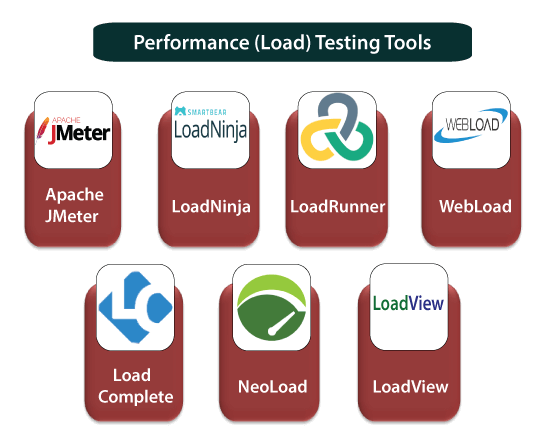
When do we use performance testing?
We will do performance testing once the software is stable and moved to the assembly, and it’s going to be accessed by multiple users concurrently, thanks to this reason, some performance issues may occur. To bypass these performance issues, the tester completes one round of performance testing. Since it’s non-functional testing which does not mean that we always use performance testing, we only choose performance testing when the appliance is functionally stable.
Types of Performance Testing:
Following are the kinds of performance testing:
Let us discuss one by one to offer you an entire understanding of Load, Stress, Scalability, and Stability performance testing.
Load testing
The load testing is employed to see the performance of an application by applying some load that is either but or adequate to the specified load is understood as load testing. For example: within the below image, 1000 users are the specified load, which is given by the customer, and 3/second is the goal that we would like to realize while performing load testing.
Stress Testing
Stress testing is testing, which checks the behavior of an application by applying a load greater than the specified load. For example: If we took the above example and increased the specified load 1000 to 1100 users, and therefore the goal is 4/second. While performing the strain testing during this scenario, it’ll pass because the load is bigger (100 up) than the particular desired load.
Scalability Testing
Checking the performance of an application by increasing or decreasing the load especially scales (no of a user) is understood as scalability testing.
Scalability testing is split into two parts which are as follows:
Downward scalability testing
The downward scalability testing is employed when the load testing isn’t passed, then start decreasing the no. of users during a particular interval until the goal is achieved. so that it’s easy to spot the bottleneck (bug).
Stability Testing
Checking the performance of an application by applying the load for a specific duration of your time is understood as Stability Testing.
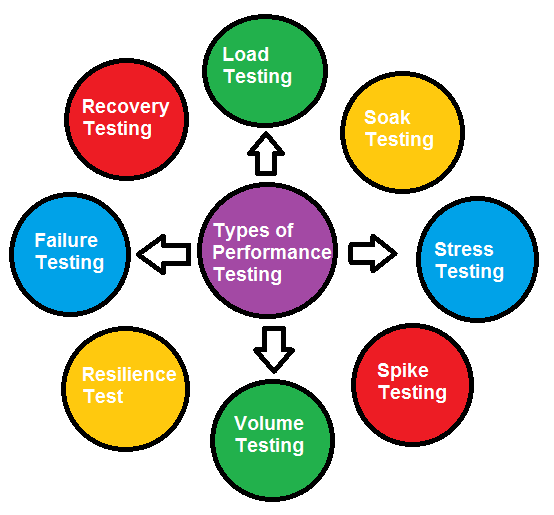
Performance testing process:
The performance testing can’t be done manually since: We need tons of resources, and it became a costlier approach. And the accuracy cannot maintain once we track reaction time manually.The Performance testing process is going to be completed within the following steps:
If we achieve a positive discharge of the performance testing strategy, it could track the below procedure:
Identify performance scenarios
Firstly, we’ll identify the performance scenarios supported these below factors:
Most common scenarios: It means we will find the performance scenarios supported the scenarios, which are commonly used like within the Gmail application; we’ll perform a login, inbox, send items, and compose a mail and logout.
Most essential scenarios: Critical systems mean regularly employed and necessary for the business-like in Gmail application login, compose inbox and logout.
Huge data transaction: If we’ve huge data means n-number of the users using the appliance at an equivalent time. Once we identify the performance scenarios, we’ll move to the subsequent step.
Plan and style performance test script
Execute test scripts
Analysis result
First, we’ll analyze the test result whether it meets with the reaction time or not.
Identify the Bottleneck
After that, we’ll identify the bottleneck (bug or performance issue). and therefore the bottleneck could occur due to these aspects just like the problem in code, hardware issue (hard disk, RAM Processor), network issues, and therefore the software issue (operating system). And after finding the bottleneck, we’ll perform tuning (fix or adjustment) to resolve this bottleneck.
Re-run test
Once we fix the bottlenecks, re-run the test scripts and check the result whether it meets the specified goal or not.
Which Applications should we Performance Test?
Performance Testing is usually finished client-server-based systems only. this suggests, any application which isn’t a client-server-based architecture, must not require Performance Testing. For example, Microsoft Calculator is neither client-server based nor it runs multiple users; hence it’s not a candidate for Performance Testing.
What is the difference between Performance Testing & Performance Engineering:
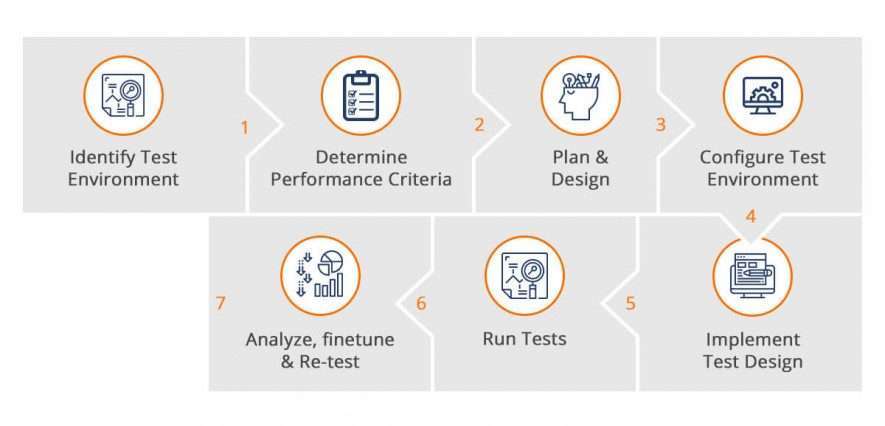
Conclusion:
In Software Engineering, Performance testing is important before marketing any software package. It ensures customer satisfaction & protects an investor’s investment against product failure. Costs of performance testing are usually quite made up for with improved customer satisfaction, loyalty, and retention.



